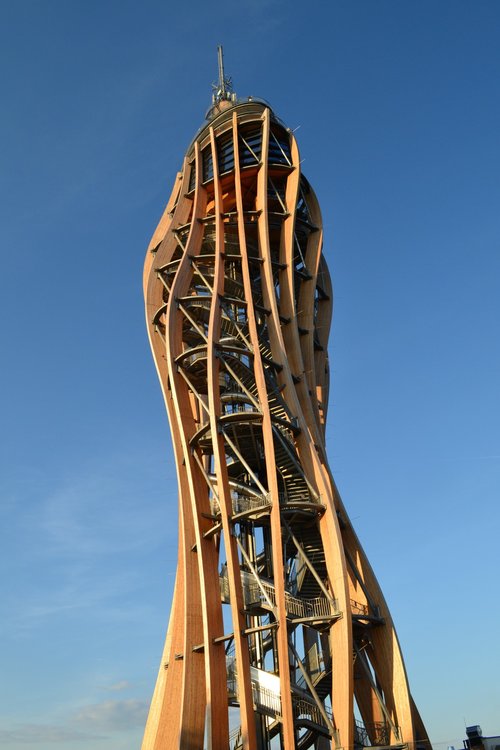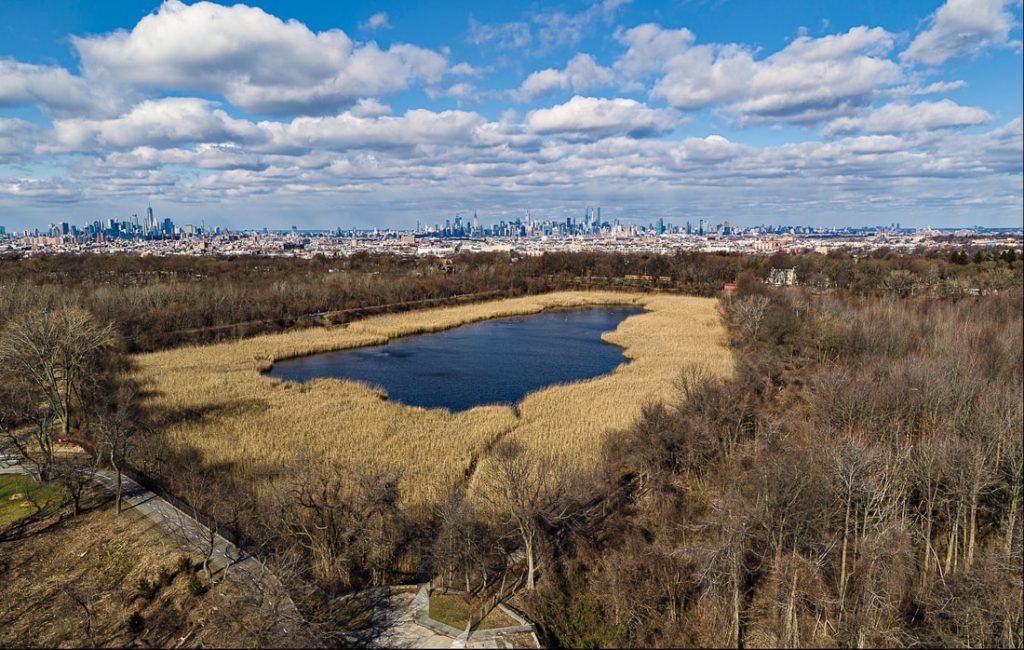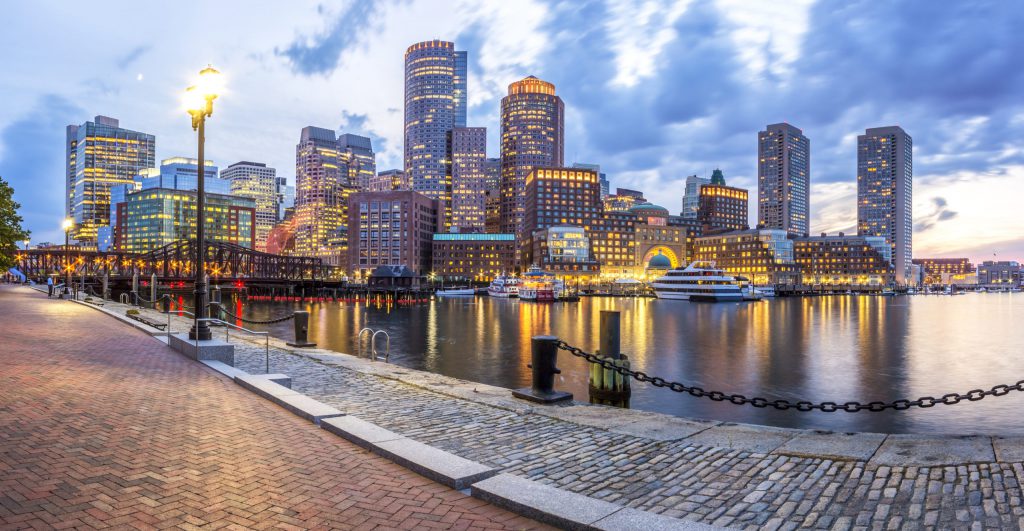“The Solstice team has collectively spent decades studying solutions to climate change, but even we were shocked by some of these solutions. We got so excited that we put to gather a list of the five most interesting and unexpected solutions…”
Recent changes in energy, agriculture, and transportation have made clean solutions more efficient and cost-effective, and changes to the way we use those technologies have made low-carbon energy accessible to more people than ever before.
Despite all this progress, we’re still a long way from a path to avoiding the worst costs of climate change. Scientists believe that we need to keep warming below 1.5 °C to avoid the worst consequences of climate change, but we’re on track to more than double that amount under the current international framework.
Fortunately, a growing number of people are dedicating themselves to finding solutions. A collection of their work recently came out in the form of Drawdown, a book profiling 100 solutions that, together, would not only halt global climate change, but actually reverse it.
The Solstice team has collectively spent decades studying solutions to climate change, but even we were shocked by some of these solutions. We got so excited that we put together a list of the five most interesting and unexpected solutions.
Most of the items on this list are understandably considered “Coming Attractions” by the Drawdown team, meaning that they’re game-changers that are not exactly ready for the limelight yet.
But, so what? It’s good to dream. And besides, look at this first solution:
Table of Contents
1. Sending Wooly Horses to Siberia
Yakutian horses can survive temperatures up to -100°F, and they get by in the far northern climates they call home by scraping away snow to reach the grasses and other plant life that are buried beneath it. This behavior has the side benefit of exposing the land to frigid air, keeping permafrost cold and making sure that the 1.4 trillion tons of carbon that are buried beneath Arctic soils stay there!
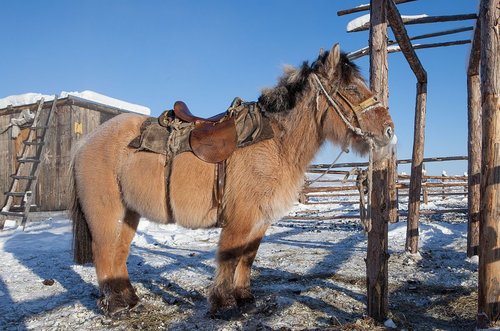
2. Farming With Microscopic Organisms
One gram of soil can hold up to 10 billion individual life forms, and having a healthy and diverse population of microorganisms is vital to plants’ growth and nutrition.
What if all nitrogen fertilizers (which use more than a percent of the world’s energy supply and release a greenhouse gas 298 time more powerful than CO2) could be replaced by carefully cultivating a community of microorganisms? The impact would be profound for the climate, and for the environment as a whole.

3. Feeding Seaweed to Cows
It’s no secret that cows’ digestive systems produce an abundance of impolite gases. But methane, which is primary among them, is also a potent greenhouse gas. Recently, a Canadian farmer named Joe Drogan discovered that cows in seaside pastures were healthier and produced less methane that others. The reason? A key chemical in a certain kind of seaweed that disrupts methane formation and turns that gaseous waste into useful nutrition. Most remarkably of all, scientists dosing sheep with the compound showed a drop in methane production of up to 80 percent. Perhaps one day soon, that hamburger might not be quite so bad for the climate.
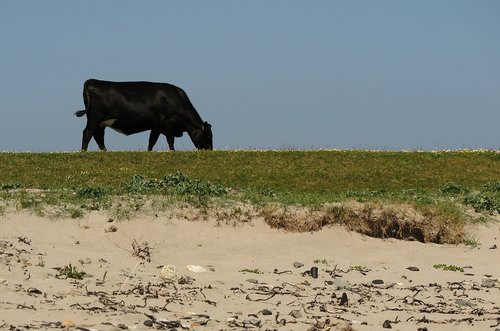
4. Making CO2 Melt Rocks Faster
Carbon dioxide is naturally a little acidic when it combines with water. When rain falls on certain kinds of rocks, it reacts with them, removing itself from the atmosphere and weathering the rocks—sometimes to beautiful effect. Now, researchers are finding ways to accelerate this process. By grinding up the most reactive forms of rock and spreading them over relatively warm, wet land, they have found that they can accelerate weathering and remove more carbon from the atmosphere (though it’s important to note that the environmental impacts of this technique have not yet been fully explored!). 
5. Building Skyscrapers out of Wood
Human cities are marvels of engineering. But what if we could make them greener and more friendly at the same time? Today, architects and engineers from all over the world are coming together to design huge buildings made of wood. It may seem perilous, but by using modern polymers and processing techniques and avoiding heavy construction materials like steel and cement (both of which require an extreme amount of carbon to produce), builders have found that they can construct light, strong buildings while avoiding fire safety issues. Making sure that the wood is harvested sustainably will be vital to the success of these builders in lowering carbon emissions, but a Yale study recently showed that wooden buildings could reduce annual global emissions by a staggering 31 percent.
